Home>Ideas and Tips>How To Decorate A Small Living Room For Comfort
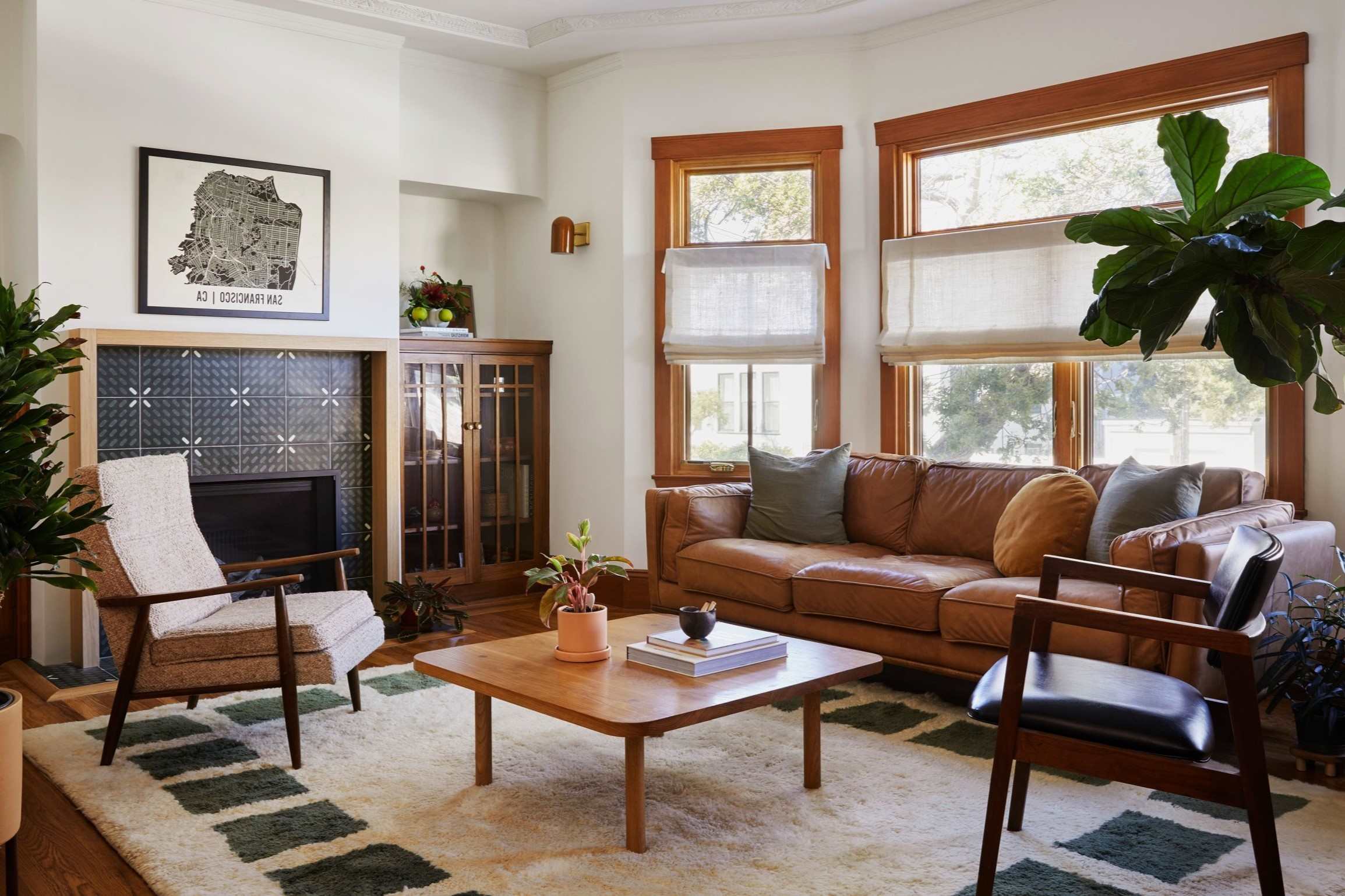

Ideas and Tips
How To Decorate A Small Living Room For Comfort
Published: November 2, 2024
Discover expert tips to decorate a small living room for comfort and style. Maximize space with smart furniture, color palettes, and clever design tricks.
(Many of the links in this article redirect to a specific reviewed product. Your purchase of these products through affiliate links helps to generate commission for Storables.com, at no extra cost. Learn more)
Decorating a small living room can be a challenging task, but with the right strategies and design elements, you can create a space that is both functional and comfortable. Here’s a comprehensive guide to help you maximize your small living room's potential.
Embrace the Small Size
Before diving into the nitty-gritty of decorating, it's essential to accept and even celebrate the small size of your living room. Sometimes, smaller spaces can feel cozier and more intimate, making them perfect for creating a dreamy atmosphere. For instance, adding a gas fireplace or stove can make your living room feel homey and inviting, especially during the fall season.
Limit the Color Palette
One of the most effective ways to make a small living room feel larger is to stick to a limited color palette. This approach ensures that all tones in the room blend seamlessly together, creating a flow throughout the space. Gian Moore, a former interior designer, suggests focusing on monochromatic and tonal hues to accentuate the scheme further.
Choosing Neutral Colors
Neutral colors like whites, creams, and pastels are excellent choices for small living rooms. These colors reflect natural light, making the room appear more open and airy. Additionally, they provide a clean and modern look that can be easily complemented with pops of color through accent pieces such as cushions, rugs, and artwork.
Read more: How To Organize A Small Living Room
Monochromatic and Tonal Hues
Using different colors can make a room look divided, which ultimately makes it appear smaller. Even if you use more than one color, limit it to two. This approach helps maintain a cohesive look while adding visual interest to the space.
Vary Furniture Heights
To create a sense of dimension in a small living room, choose furniture with varying heights and depths. A low-slung sofa can make the ceilings feel taller, while taller shelves or floor-to-ceiling cabinetry can draw the eye upward, giving the illusion of higher ceilings.
Double Space with a Mirror
A large decorative floor mirror can be a game-changer in small living rooms. By leaning it against the wall, you can visually double the size of your room. This trick works by reflecting the rest of the room, creating an illusion of more space.
Select an Anchor Piece
In a small living room, an anchor piece like a sectional sofa can provide a streamlined look while maximizing seating space. Keep extra seating minimal to avoid cluttering the room. For example, a Danish modern armchair can add elegance without overwhelming the space.
Create a Focal Point
Creating a focal point in a small living room can make it feel grander than it is. This could be a classic fireplace, decorated with contemporary art, or any other statement piece that draws attention and gives you a roadmap for laying out furniture.
Consider a Low Sofa
A low-slung sofa is another excellent choice for small living rooms. It helps make the ceilings look much higher, creating a more open feel. This type of furniture also allows for the floor to be visible, increasing the perception of space.
Add Texture
In a small space with a neutral color palette and minimal furnishings and decor, focus on adding texture. Mix textiles, materials, and finishes to keep the space visually interesting and inviting. This approach helps prevent the room from feeling too sterile or empty.
Use Cool Shades
Opting for warm colorways might seem cozy, but it can also make a room feel more congested. Instead, stick to cool shades and classic colors that establish a flow throughout the whole room. Cool shades can create a sense of openness and make the space feel larger.
Go Monochromatic
Using different colors can divide the room, making it appear smaller. Even if you use more than one color, limit it to two. This approach helps maintain a cohesive look while adding visual interest to the space.
Commit to Black and White
A black-and-white palette works in any size space but can give a small living room a polished, pulled-together feel that takes the focus off its size. This color scheme is particularly effective because it creates a clean and modern look that can be easily complemented with pops of color through accent pieces.
Draw the Eye Upward
Maximize vertical space by installing tall shelves or floor-to-ceiling cabinetry. Alternatively, draw the eye upward by hanging a decorative chandelier or pendant light. This technique helps make the ceilings appear higher, creating a sense of grandeur visually.
Choose an All-White Palette
An all-white room looks clean and modern. White reflects light, which can help make a smaller living room feel more light and airy. This color scheme is particularly effective for small spaces as it creates an illusion of more space by reflecting natural light.
What Type of Seating Should I Use in a Small Living Room?
Choosing the right seating is crucial in a small living room. Here are some tips:
-
Sectional Sofa: Opt for a sectional sofa that fits your space to maximize seating while minimizing visual clutter. This type of sofa provides a streamlined look and can be configured in various shapes to suit your needs.
-
Armchairs: Use comfortable armchairs arranged around a central table. This setup creates a cozy and inviting atmosphere without overwhelming the space.
-
Smaller Sofa: Choose a smaller sofa with legs that keeps the floor visible, increasing the perception of space. This type of sofa is ideal for small rooms where floor space is limited.
-
Floor Pillows and Ottomans: Use floor pillows, poufs, and ottomans to add extra seating without cluttering the space. These versatile pieces can double as coffee tables when floor space is premium.
How Do I Declutter a Small Living Room?
Decluttering is essential in small living rooms to maintain a sense of openness and comfort. Here are some tips:
-
Focus on Essentials: Focus on essential pieces like comfortable seating and a functional coffee table. Remove unnecessary furniture like extra side tables and uncomfortable accent chairs.
-
Utilize Wall Space: Make use of walls for storage and decor to free up valuable floor space. Install floating shelves or wall-mounted cabinets to organize items like books, decorative items, and electronics.
-
Minimal Decor: Utilize minimal decor to keep the floors clear. This approach helps prevent clutter and maintains a sense of openness in the room.
Use Rugs Strategically
Rugs play a significant role in defining different areas within a small living room while adding warmth and comfort. Here are some tips for using rugs effectively:
-
Proportionate Rug: Choose a rug proportionate to the seating area, allowing the furniture legs to sit on it comfortably. A rug that’s too small can make the space feel disjointed and disproportionate.
-
Light-Colored Rugs: Opt for lighter-colored rugs with subtle pattern styles. These rugs can make the space appear larger and brighter. If you prefer louder patterns, select geometric or striped patterns that are smaller in scale to avoid overpowering the space.
-
Rug Placement: Use rugs to create clear pathways and guide traffic flow. Place a runner in narrow areas between furniture or along walkways to delineate the path and make the room feel more organized.
Maximize Natural Light
Proper lighting is essential in small living rooms to enhance ambiance and make the space more inviting. Here are some tips for maximizing natural light:
-
Minimal Window Treatments: Keep window treatments minimal or sheer to allow natural light to filter through while still providing privacy.
-
Layered Lighting: Layer lighting with a mix of overhead fixtures, table lamps, and floor lamps to create a well-lit yet cozy atmosphere. Consider using wall sconces or pendant lights to save floor space and provide targeted illumination.
-
Color Temperature: Experiment with different color temperatures of light bulbs. Warm white bulbs (around 2700K) create a cozy and inviting atmosphere, while cool white bulbs (around 4000K) are more energizing and better suited for task lighting.
Smart Furniture Choices
Selecting the right furniture is crucial in small living rooms. Here are some smart choices:
-
Multi-Functional Pieces: Opt for multi-functional pieces like sofa beds or coffee tables with built-in storage. These pieces are excellent space-savers and can help maintain a clutter-free environment.
-
Modular Sofas: Choose modular sofas that offer unmatched flexibility and versatility. These sofas can be configured into various shapes to fit your needs and room layout.
-
Narrow Furniture: Select narrow furniture pieces that are appropriately sized for small living rooms. Ottomans and large footstools can double up as coffee tables when floor space is limited.
-
Low Furniture: Low-slung furniture is a great choice if you have heavy cottage ceilings. Sink-in sofas, low units, and patterned or colorful rugs can make a room feel casual with a design nod to the 1970s.
Integrated Seating
Integrated seating solutions are perfect for truly compact living rooms. A window seat, for instance, invites plenty of soft furnishings and can create extra storage underneath. This type of seating is ideal for small spaces where every inch counts.
Statement Pieces
Statement pieces like loveseats upholstered in bold patterns can add character to small living rooms. These pieces are more at home on smaller occasional furniture than on large sofas, making them perfect for creating a focal point in the room.
Painting All Over
Painting a small living room, including the ceiling, in an all-over uniform color can blur its edges and boundaries, giving the impression of more space. This technique is particularly effective if you paint woodwork, doorframes, and radiators to match.
Discreet Storage
Multi-functional furniture is a gift in small spaces. Storage footstools can double up as an extra seat in a pinch and provide a discreet spot for books, reading glasses, or remote controls. These types of furniture help maintain a clutter-free environment while providing ample storage solutions.
Arranging Sofas
A great styling trick is to pull your sofa away from your walls by a matter of inches to accommodate side tables, a slim console, or task lighting behind. This arrangement helps create a more open feel and adds functionality to the space.
Narrow Furniture Arrangement
Narrow furniture pieces can be strategically placed to maximize space in small living rooms. For example, an ottoman doubling up as a coffee table can be placed in a corner or against a wall, freeing up floor space for other activities.
Layers, Layers, Layers
While it's natural to pare back accessories and textiles in small spaces, it's equally important not to make the room totally devoid of character. Layers are more forgiving in this instance because you can pile a couple of soft furnishings together to maximize impact while minimizing footprint.
A Tiny Home Office
Even the smallest of living rooms can accommodate a tiny home office. Vintage or antique tables can serve as desks, and windowsills and adjacent bookcases can provide sufficient storage solutions. This setup ensures that the room remains functional while maintaining its cozy atmosphere.
Accentuate the Curves
Low, curved, or angled ceilings can make a living room seem smaller than it actually is. Working with these architectural features rather than against them can have the opposite effect. For instance, using subtle diamond-patterned wallpaper can visually heighten the barrel-vaulted ceiling and create the illusion of more space.
Try Tonal Colors
Tonal colors can imbue a small living room with coziness without making it feel too busy or cluttered. For example, a monochrome decorating palette with pops of red can create a warm and inviting atmosphere inspired by old-fashioned European skiing chalets.
Accessorize With Care
Rather than adorning the walls with eye-catching art, accessorize with delicate framed intaglios (reproductions of incised art made popular by travelers in the 18th and 19th centuries). This choice softens the room while letting your eye settle on what's important: the people around you.
By following these tips and incorporating them into your decorating strategy, you can transform your small living room into a comfortable and inviting space that maximizes every last square inch. Remember to embrace the small size, limit your color palette, vary furniture heights, double space with mirrors, and strategically use rugs and lighting to create an illusion of more space. With smart furniture choices and integrated seating solutions, you'll be able to enjoy your cozy living room without feeling cramped or cluttered.
Was this page helpful?
At Storables.com, we guarantee accurate and reliable information. Our content, validated by Expert Board Contributors, is crafted following stringent Editorial Policies. We're committed to providing you with well-researched, expert-backed insights for all your informational needs.

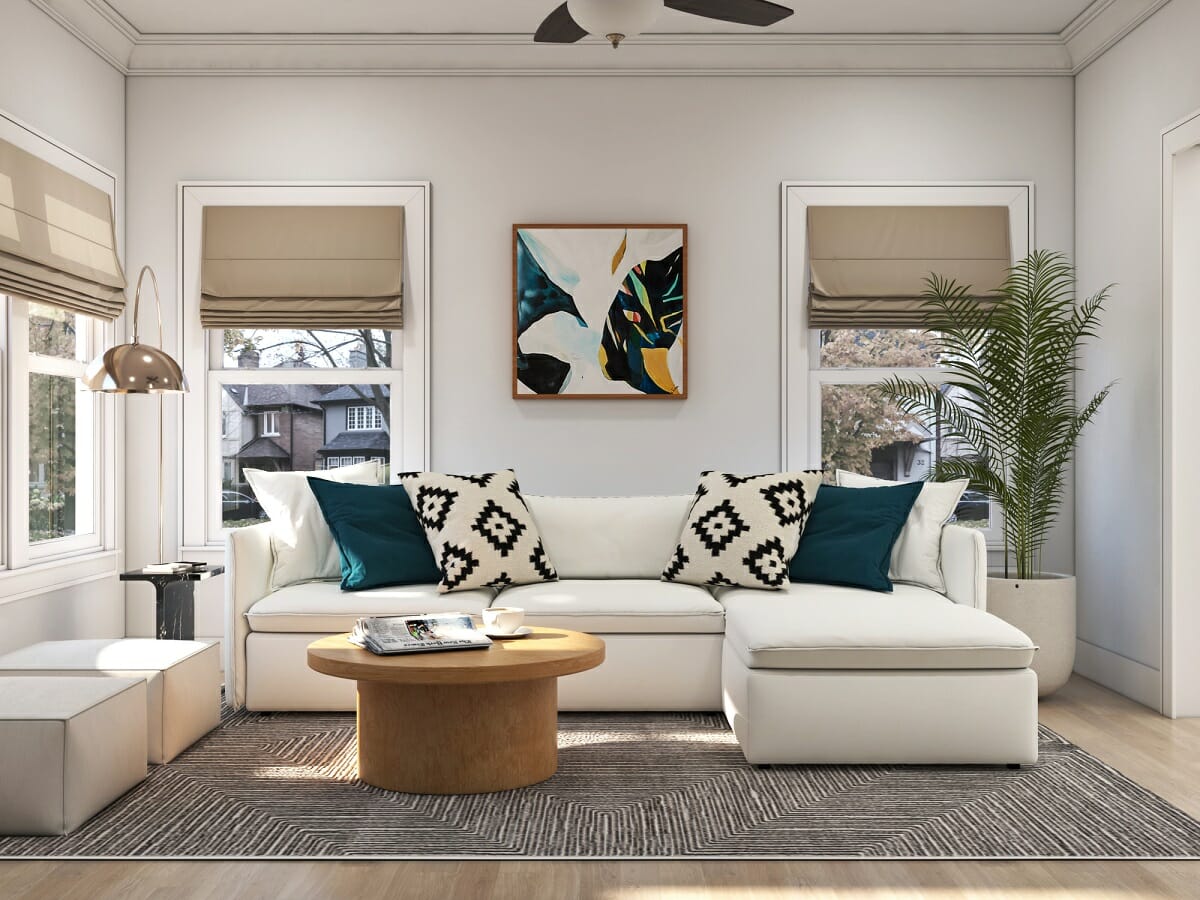
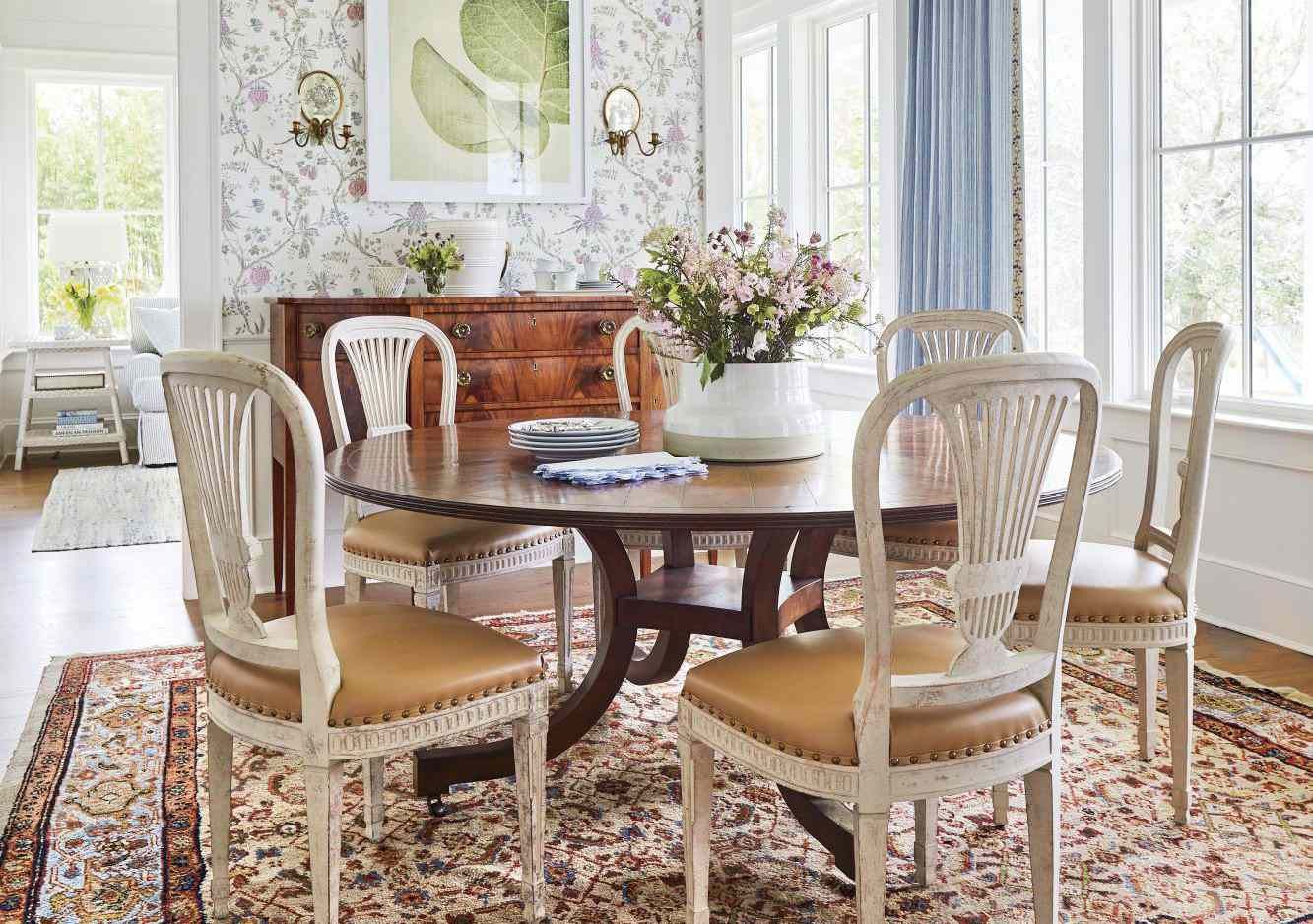
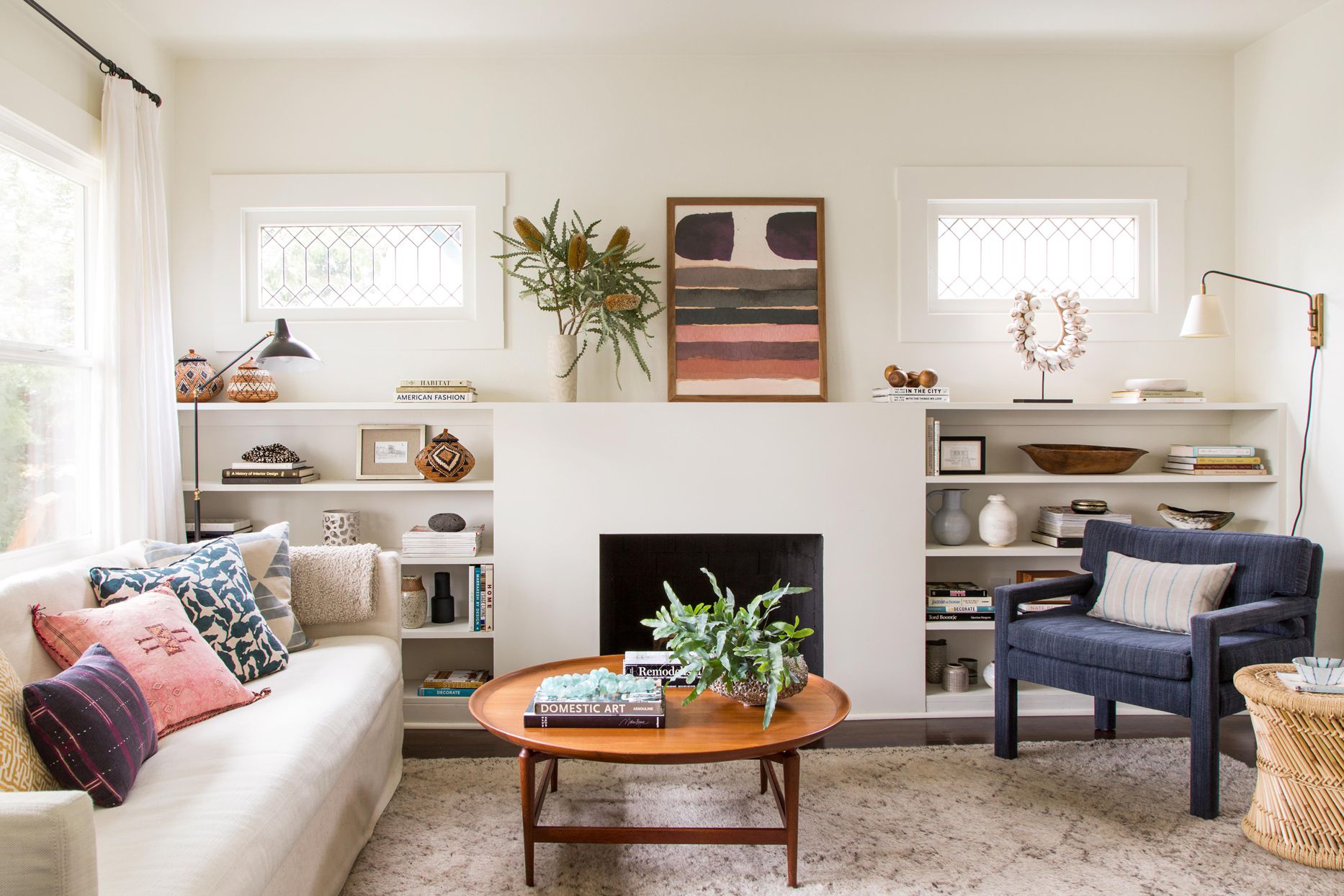
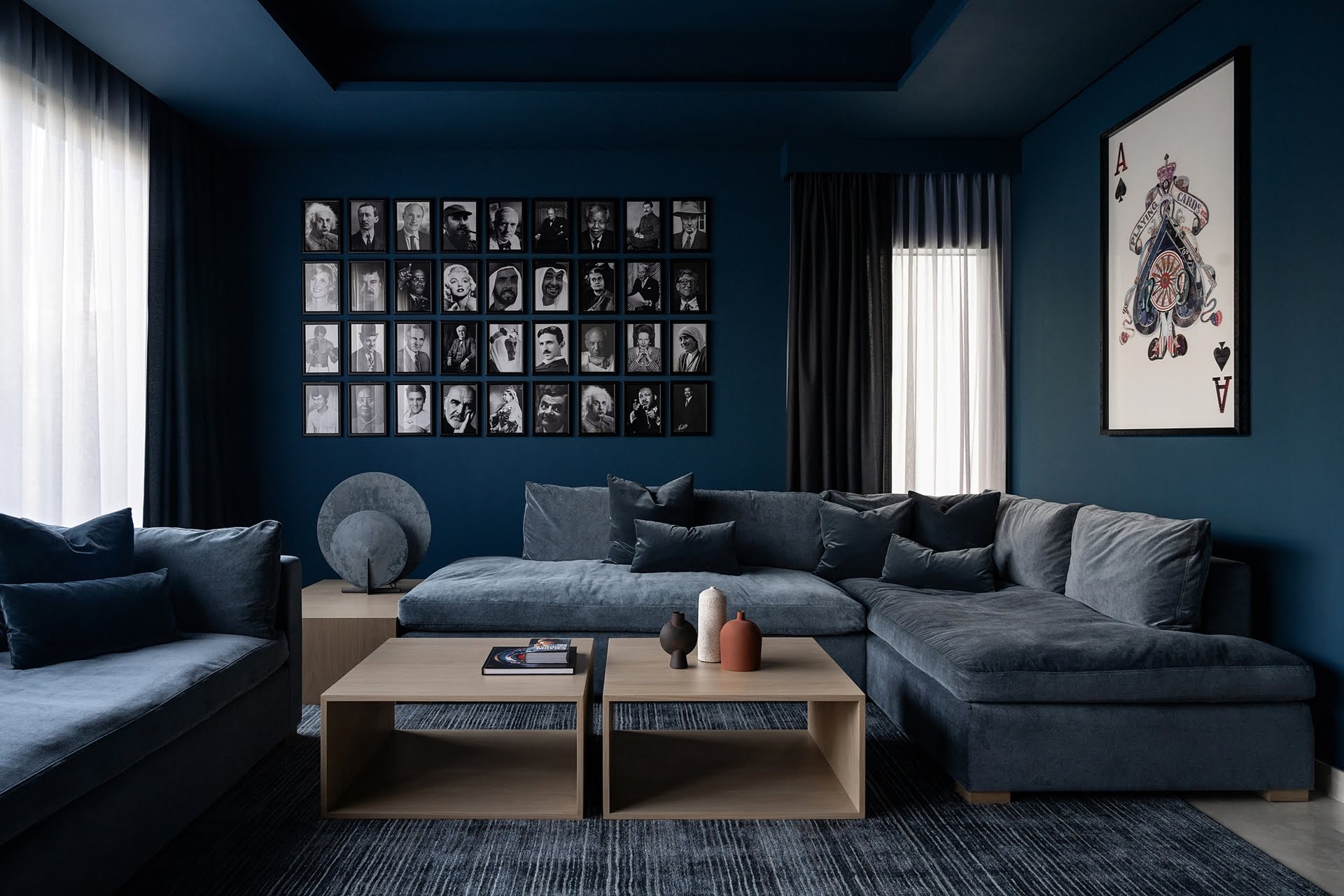
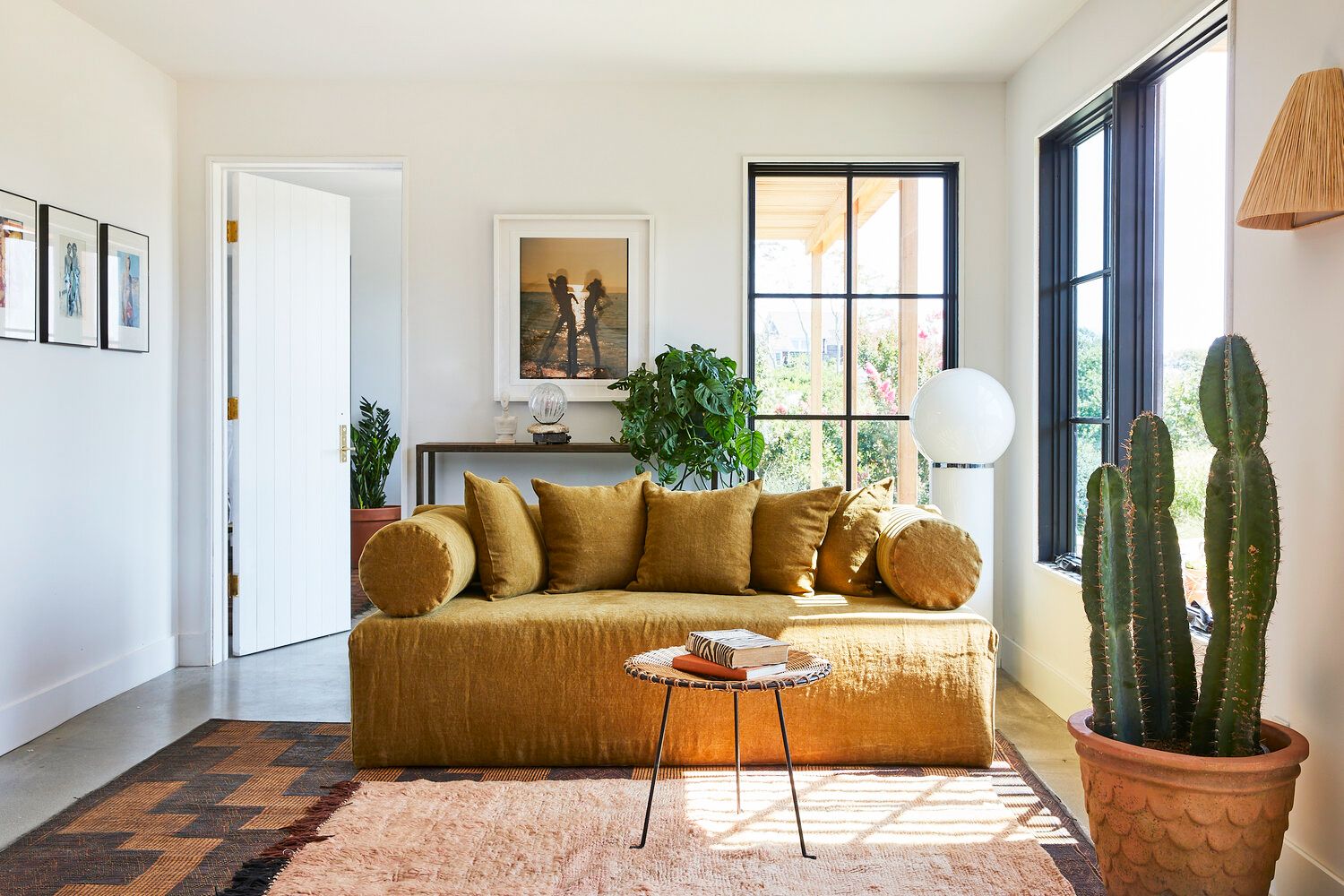
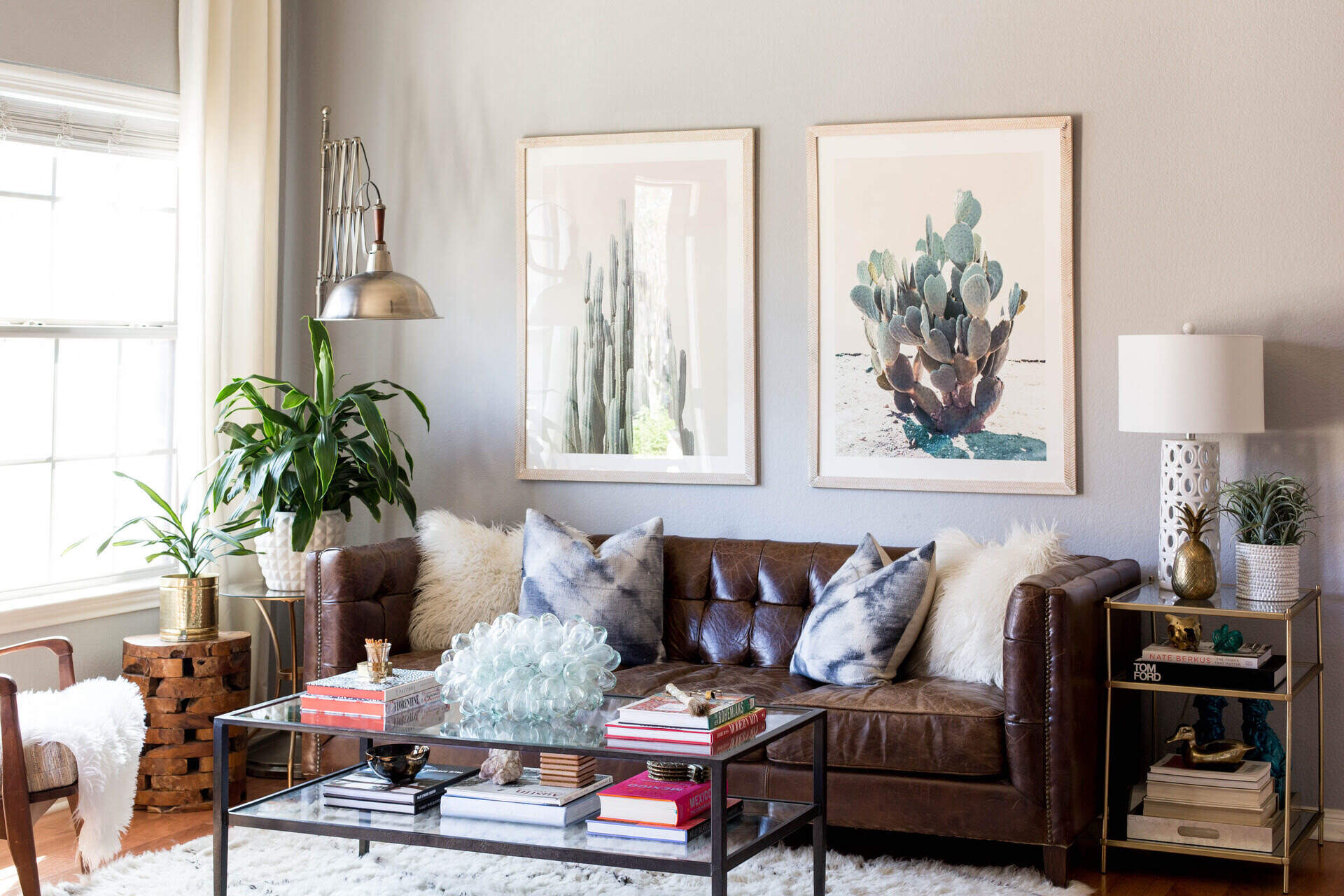
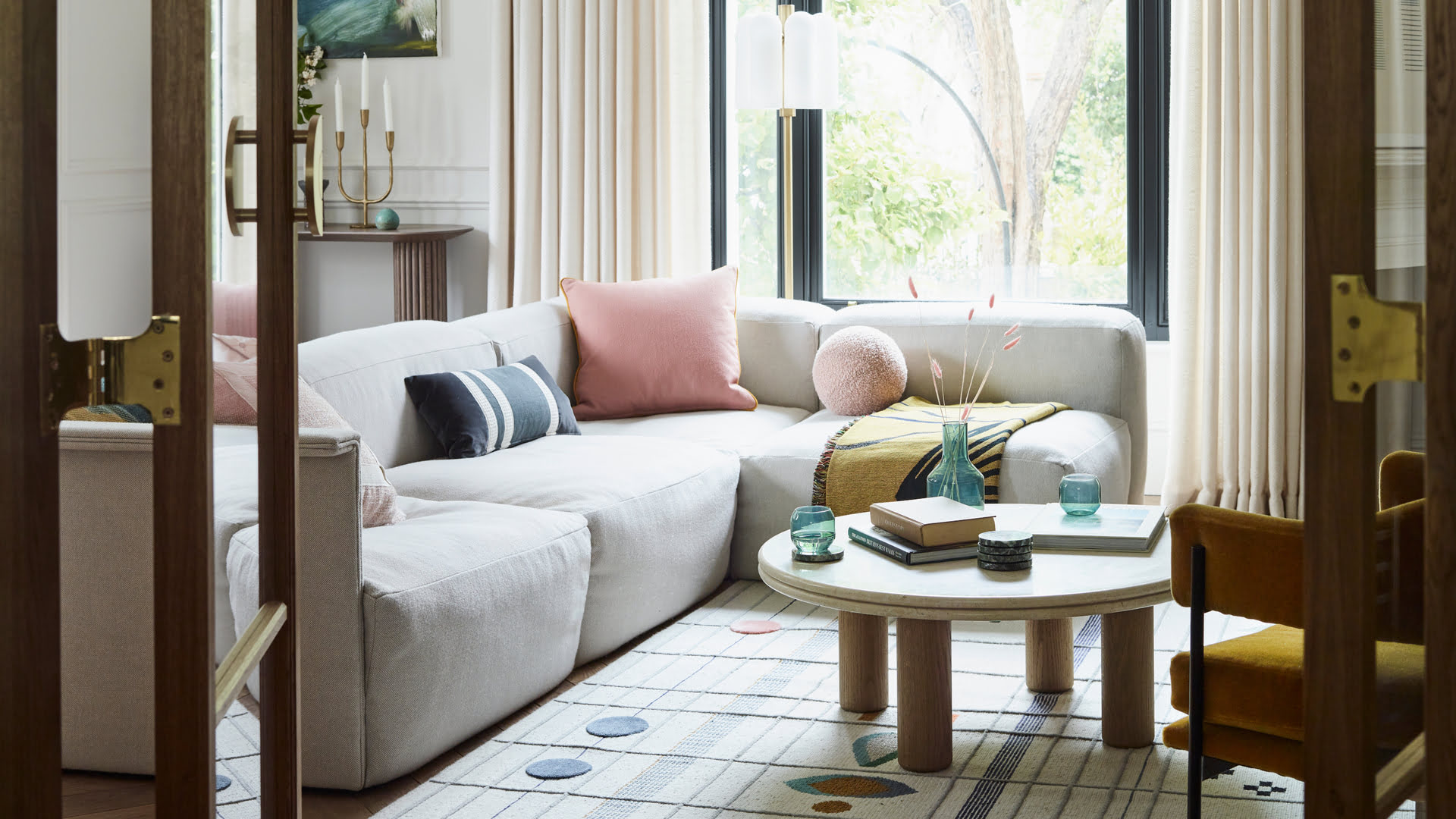
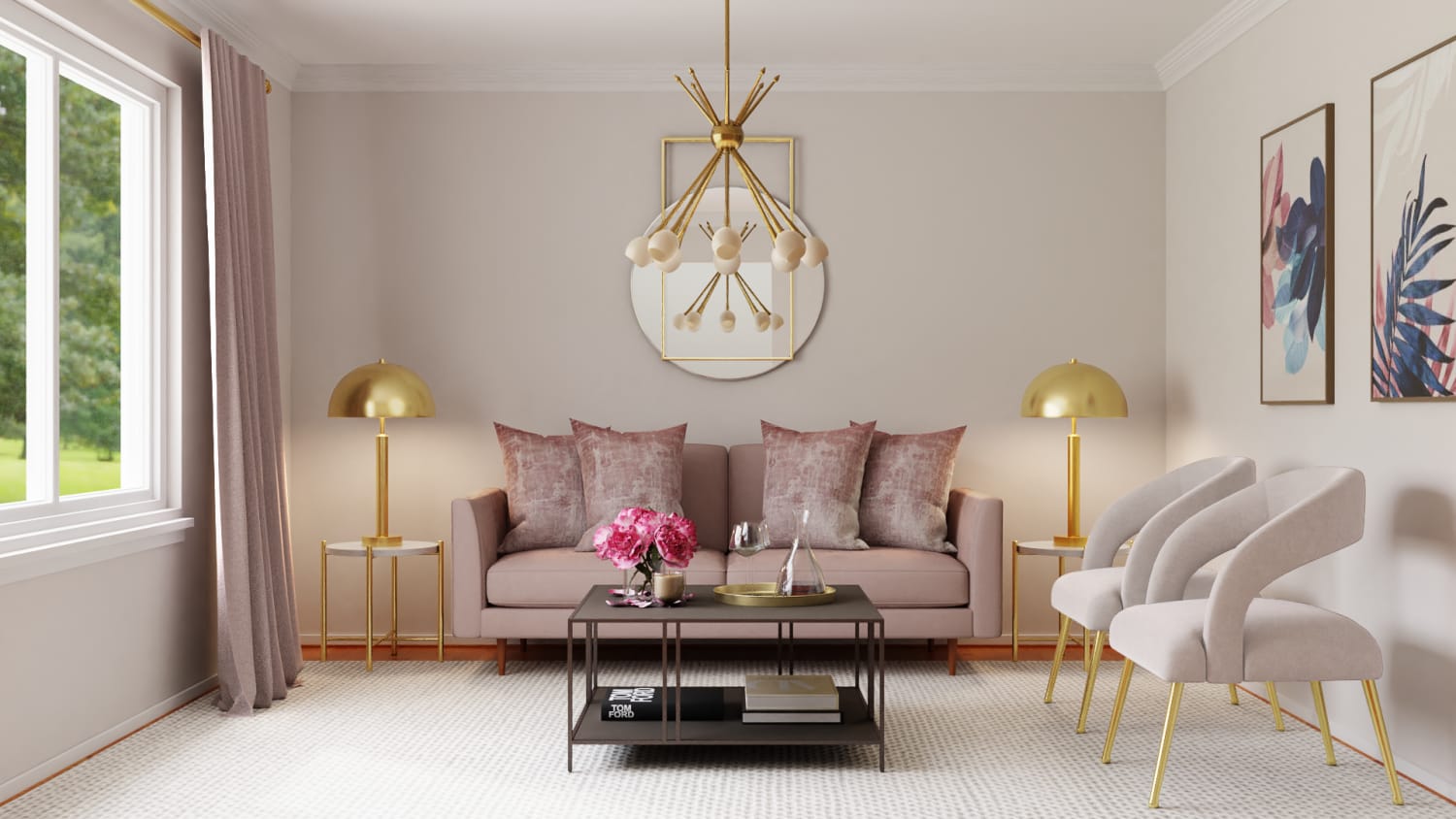
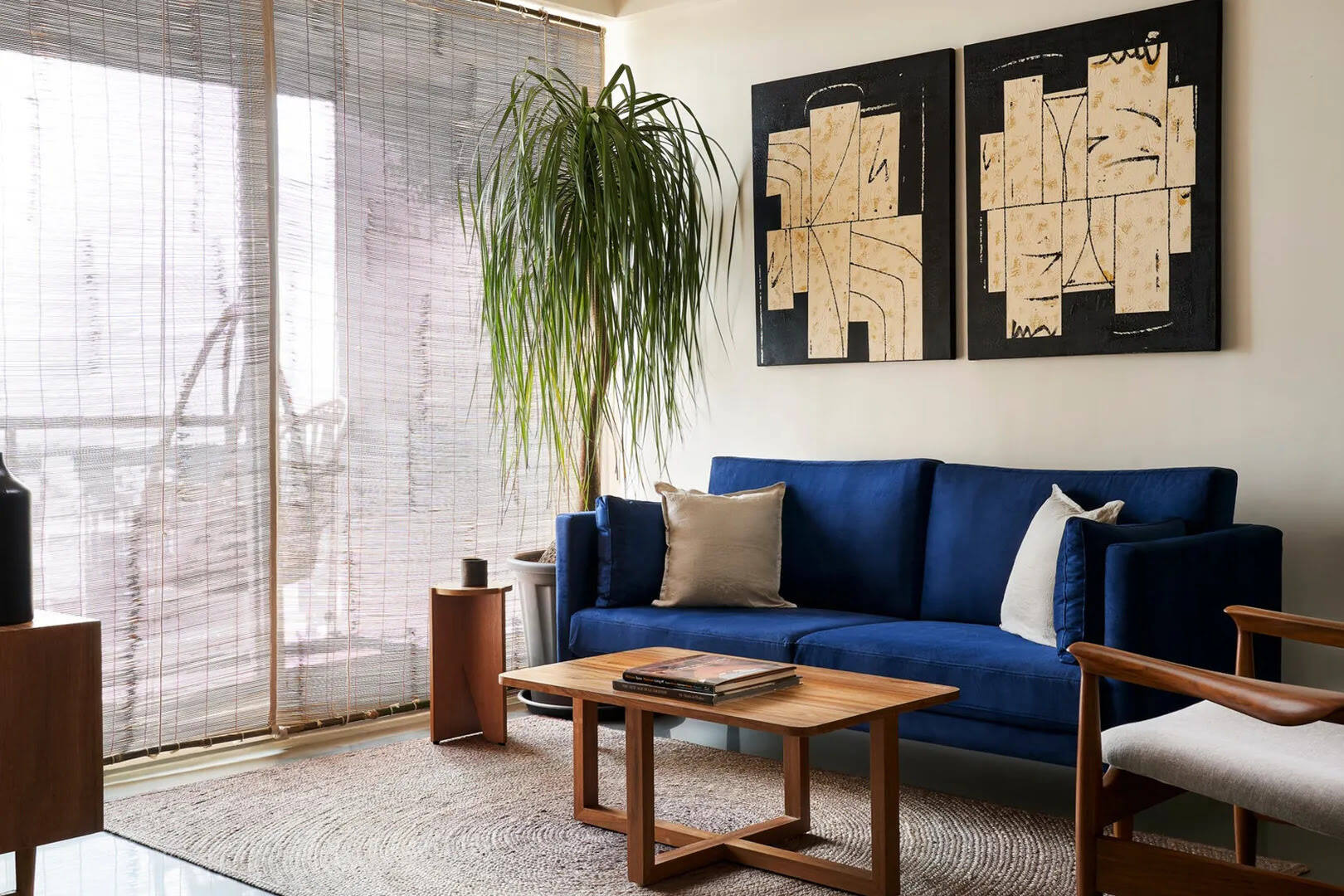
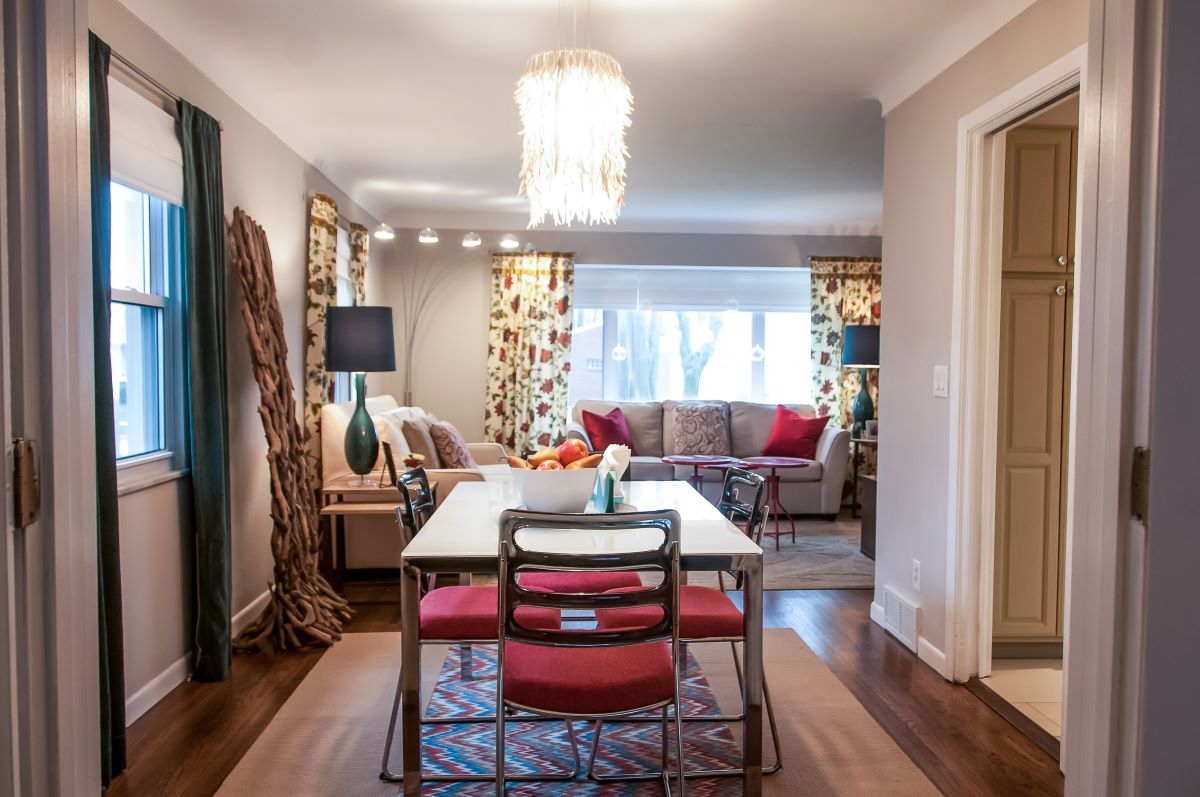
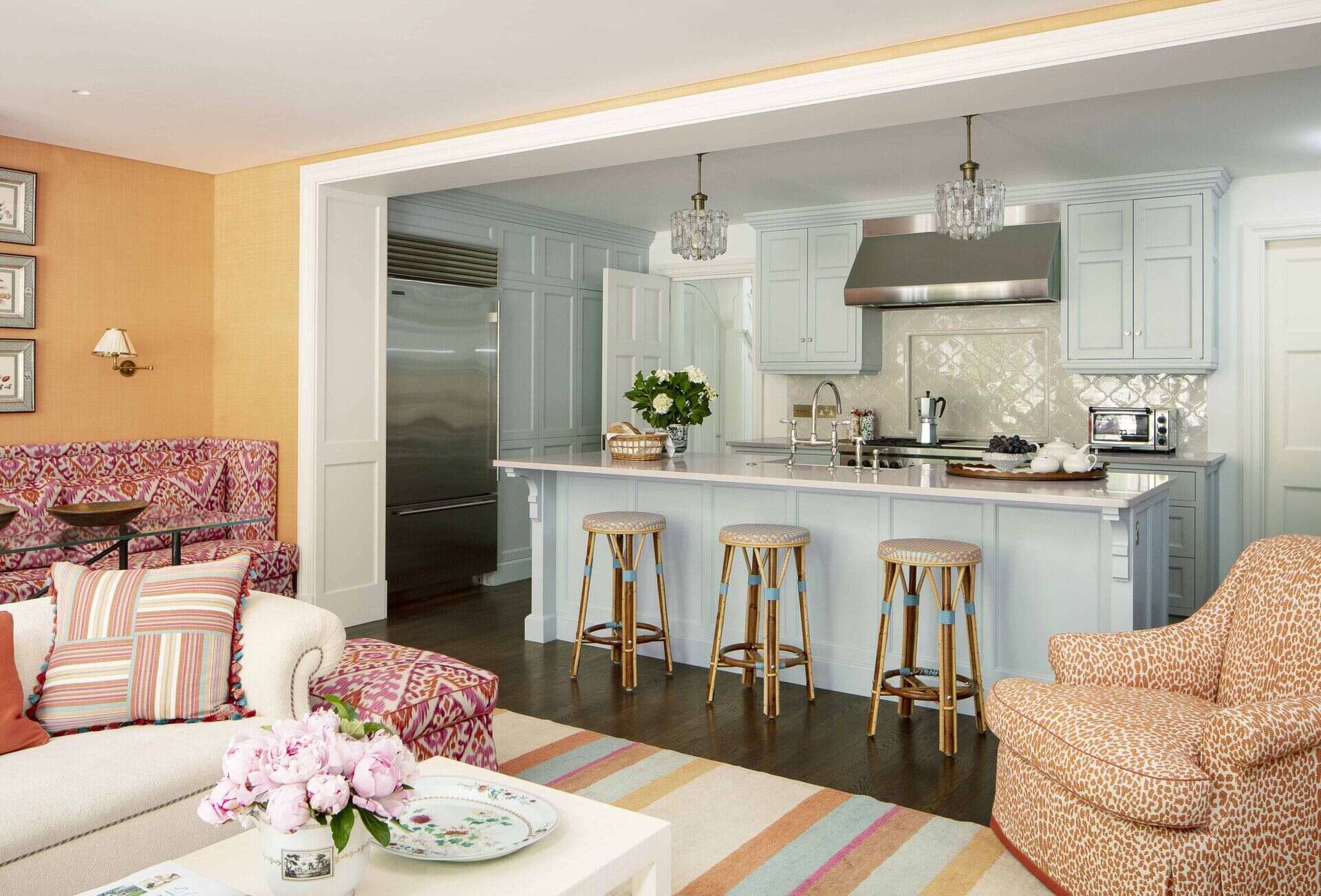
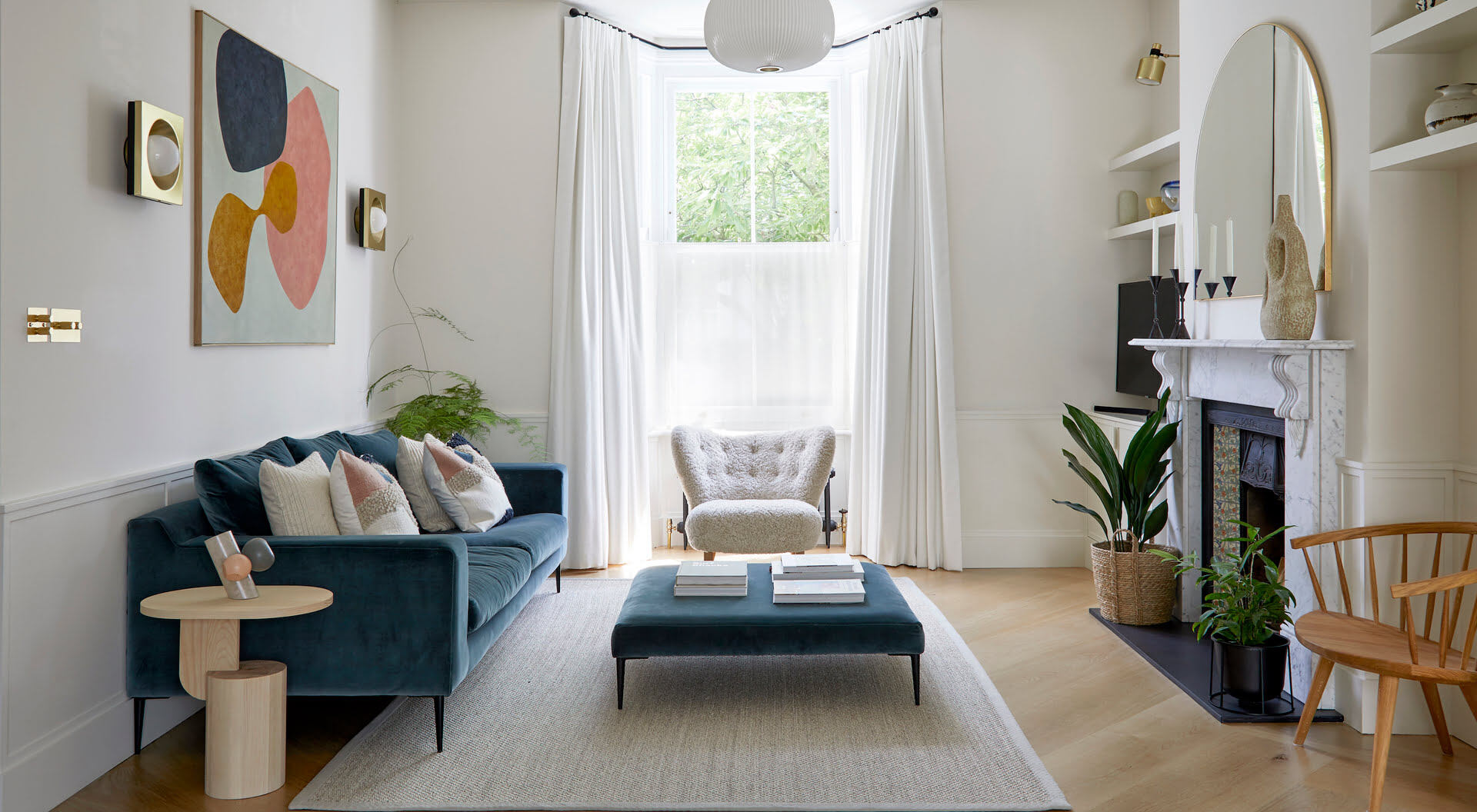
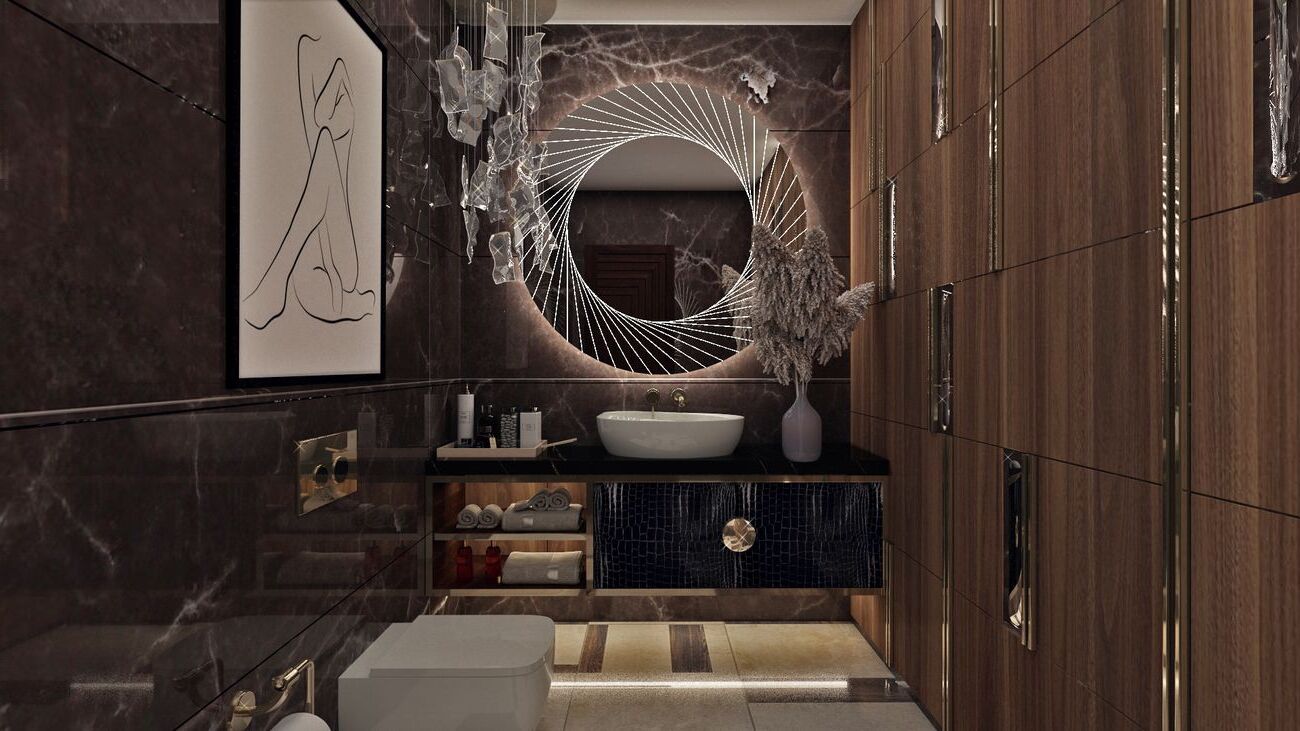


0 thoughts on “How To Decorate A Small Living Room For Comfort”